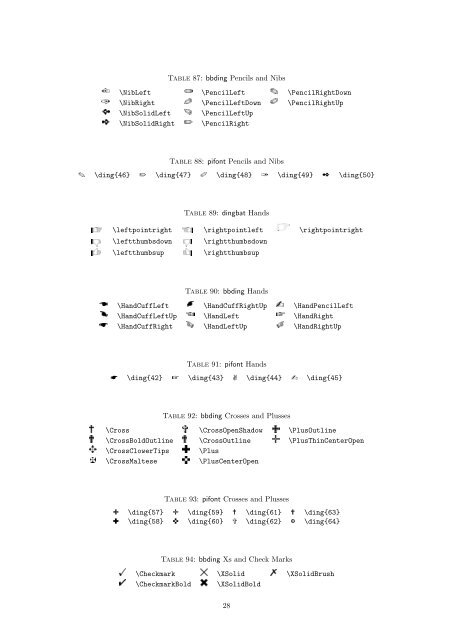
Because these templates define the layout and style of the document, authors need only to open them in Overleaf-creating a new project-and commence writing to add their content. Overleaf has a gallery containing thousands of templates, covering an enormous range of document types-everything from scientific articles, reports and books to CVs and presentations.

Similarly, you can create a L aT eX file which defines the layout/style of a particular document type and that file can be used as a template to standardise authorship/production of additional documents of that type for example, this allows scientific publishers to create article templates, in L aT eX, which authors use to write papers for submission to journals. One important benefit of L aT eX is the separation of document content from document style: once you have written the content of your document, its appearance can be changed with ease. Of course, there are types of documents or publications where L aT eX doesn’t shine, including many “free form” page designs typically found in magazine-type publications. Overall, L aT eX provides users with a great deal of control over the production of documents which are typeset to extremely high standards.
LATEX XLIST FREE
being highly customizable for bespoke document production due to its intrinsic programmability and extensibility through thousands of free add-on packages.ease of producing complicated, or tedious, document elements such as indexes, glossaries, table of contents, lists of figures.facilities for footnotes, cross-referencing and management of bibliographies.support for typesetting extremely complex mathematics, tables and technical content for the physical sciences.Various arguments can be proposed for, or against, learning to use L aT eX instead of other document-authoring applications but, ultimately, it is a personal choice based on preferences, affinities, and documentation requirements. This means you only need to focus on the content of your document and the computer, via LaTeX commands and the TeX engine, will take care of the visual appearance (formatting).
LATEX XLIST PDF
To produce a visible, typeset document, your LaTeX file is processed by a piece of software called a TeX engine which uses the commands embedded in your text file to guide and control the typesetting process, converting the LaTeX commands and document text into a professionally typeset PDF file. LaTeX works very differently: instead, your document is a plain text file interspersed with LaTeX commands used to express the desired (typeset) results. However, LaTeX’s mode of operation is quite different to many other document-production applications you may have used, such as Microsoft Word or LibreOffice Writer: those “ WYSIWYG” tools provide users with an interactive page into which they type and edit their text and apply various forms of styling. L aT eX (pronounced “ LAY-tek” or “ LAH-tek”) is a tool for typesetting professional-looking documents.

5 Including title, author and date information.


 0 kommentar(er)
0 kommentar(er)
